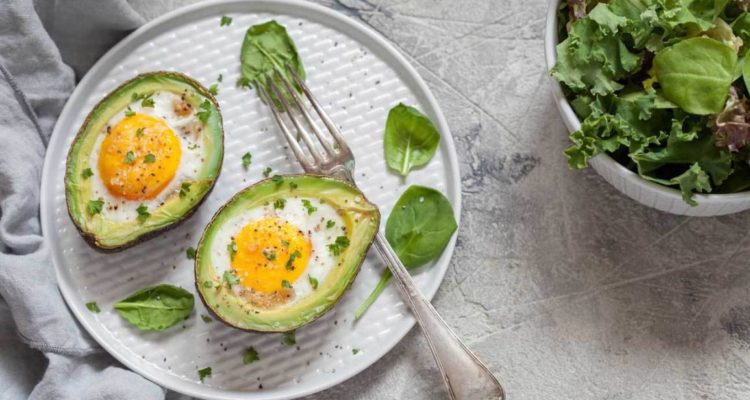When people think about creating a delicious meal, they tend to take into account factors such as the quality of the ingredients, the skills of the chef, the specific flavours of the herbs and spices used, and so on. So when you’re trying to cook a meal to impress others, you probably go out of your way to find a recipe with excellent reviews and follow it carefully while using only the best ingredients. What you probably don’t take into consideration is the cutlery that you and your guests will eat it with. Yet research shows that cutlery can indeed influence the taste and perception of the food that we eat with it. Read on to find out more.
Factors that influence our perception of food and taste
You probably already know that it’s not your tastebuds alone that determines how food tastes to you. For example, the way that a dish smells will change the way you perceive it to taste. If you’ve ever suffered from a severe cold that blocked your sense of smell, you’ll know that it can greatly reduce the enjoyment of eating by dampening your ability to sense flavour.
Likewise, the way that food looks also influences how you perceive it to taste. One study found that when white wine was dyed red, wine experts described it using words that they would normally use to talk about the flavour of red wine. This is partly because people strongly associate certain colours with specific flavours, such as orange with orange, yellow with lemon, and green with mint. Switching these around can confuse the brain and alter our taste perceptions. Similarly, if you eat food that has been coloured to look as though it is mouldy, you can be certain it won’t taste as pleasant to you – even if you know it’s only food dye!
The impact of cutlery on taste
So, what about the utensils you use to eat your food? Can they truly change the way you perceive a meal to taste? The answer is an emphatic yes.
As an example, one study conducted at a hotel restaurant in Edinburgh found that diners who ate their meal with high-quality cutlery were willing to pay 15% more for their food than those who ate the same meal with lower quality utensils. The researchers also discovered that patrons eating with the better cutlery believed the food to taste nicer and be more artistically presented. What this means for you at home is that if you purchase top-quality Arthur Price cutlery, you and your guests are likely to enjoy your meals more.
Other studies from the University of Oxford have found that cheese tasted saltier when eaten from a knife compared to a toothpick, and food tasted sweeter when eaten from a small dessert spoon. Even the colour of the utensils you use can have an impact on taste, particularly depending on the contrast they make with the food itself. It’s not only cutlery either – the colour and shape of the plate you eat your meal from can also enhance certain flavour profiles such as sweet or savoury. Talk about food for thought!

